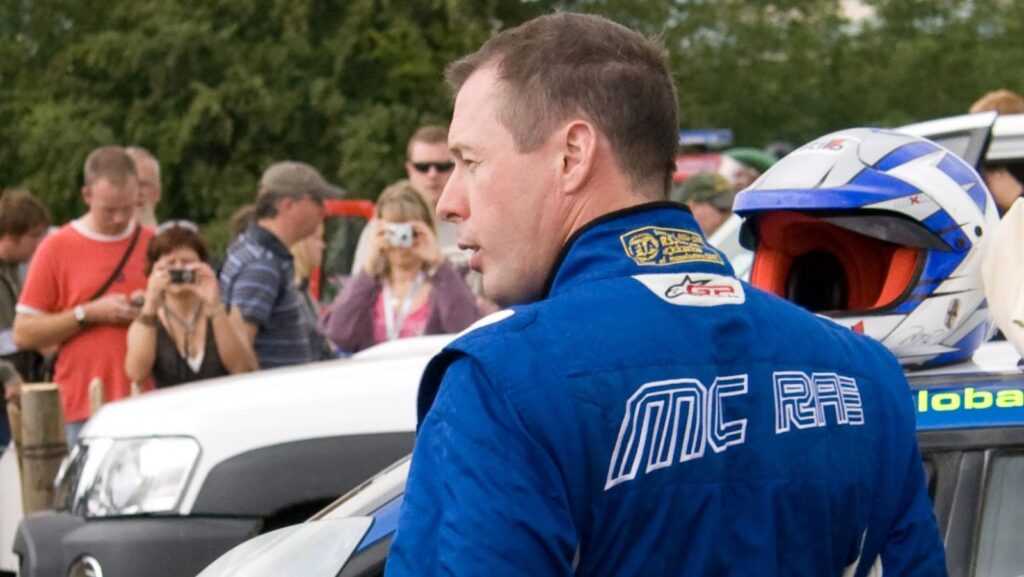Imagine this: you’re driving home after a long day, and out of nowhere, bam! You’ve been in a car accident. Now, you’re left dealing with the aftermath – the injuries, the pain, and the uncertainty of what comes next.
Injuries from car accidents can be life-altering, throwing your world into a tailspin. But it’s not all doom and gloom. With the right knowledge and resources, you can navigate this challenging time with confidence.
In this article, I’ll share my insights on dealing with injuries from car accidents, from understanding your injuries to managing the healing process. So buckle up, because we’re about to embark on a journey towards recovery and resilience.
Understanding Car Accident Injuries
Navigating the aftermath of a car accident can be daunting. I’m here to shed light on injury types and symptoms you may encounter.
Types of Common Injuries
Car accidents, varying in severity, can result in a diverse range of injuries. Whiplash, a common type, occurs when the neck and head abruptly jerk forward or backward, often resulting in muscle, tendon, or ligament damage. Here, you’re looking at symptoms like neck pain, stiffness, and headaches.
Broken bones also result from car mishaps. High-impact collisions can fracture ribs, legs, arms, and even the spine. A broken bone is typically quite evident, with immense pain, swelling, and inability to move the affected area.
Lastly, there’s Traumatic Brain Injuries (TBIs), these can drastically alter one’s life. They originate from a forceful blow to the head that disrupts normal brain functioning. Symptoms here could range from headaches and nausea to seizures, slurred speech, and profound confusion.
Immediate Symptoms to Watch For
Post-accident, it’s vital to monitor your body for any unusual symptoms. Shock can often mask pain; thus, it’s essential not to ignore these signs – read more here for an in-depth understanding.
Whiplash symptoms, apart from neck discomfort, include dizziness and blurred vision. Broken bones showcase pretty straightforward signs such as intense pain and visible deformities. For TBIs, look for dizziness, persistent headaches, cognitive issues, and mood swings.
Understanding the types of injuries and their symptoms is paramount to expedient recovery post-accident. When in doubt, always consult a medical professional.
First Steps After a Car Accident
Navigating through the chaos after a car accident challenges anyone, even the most level-headed individuals. The actions taken immediately afterwards can significantly impact the victims’ physical, emotional, and legal outcomes.
Safety and Medical Assessment
The paramount step post-accident is ensuring everyone’s safety. If the accident is minor and no significant injuries exist, move the vehicles off to the side, away from moving traffic. In a severe accident, don’t attempt to move anyone injured, as improper handling can exacerbate an injury, particularly spinal ones.
Foremost, contact emergency services if there’s any doubt regarding the severity of the injuries. Regardless of how minor an injury might appear, medical professionals need to assess all individuals involved in the accident. Medical assessments typically reveal hidden injuries, particularly traumatic brain injuries and whiplash, that may not show immediate symptoms. Read more here about how paramount timely medical intervention can be in reducing potential adverse consequences.
Legal Documentation
After ensuring physical safety, it’s crucial to take steps towards legal protection. First, report the incident to the local law enforcement agency. Their report can provide an impartial perspective on what happened, becoming a vital document for future reference.
Next, gather as much evidence as possible. This includes snapping photographs of the accident scene, vehicle damages, and any physical injuries. Documenting this immediate post-accident evidence assists in building a strong case for any potential legal proceedings down the line.

Remember, interactions with the other party involved should be limited to only the necessary information exchange. Avoid discussing details or accepting blame even if you believe you caused the accident. Any unintended admission could potentially be used against you in subsequent legal matters.
These steps following a car accident can help foster more seamless navigation through the medical and legal complexities that might arise. Allowing the necessary space to focus on the primary goal – recovery, can make all the difference.
Medical Treatment Options
Illuminating the path to recovery, let’s delve into medical treatment options necessary after car accidents. These remedies involve immediate attention and long-term strategies, focusing primarily on restoring health and enhancing one’s quality of life.
Emergency Treatment
Immediate triage becomes vital after a car accident, creating a big difference between swift recovery and extended suffering. Emergency treatment kicks into gear, right at the accident scene, instigated by medical professionals or trained first responders. They aim to stabilize serious injuries, typically categorized as life-threatening or limb-threatening, such as severe bleeding, unconsciousness, broken bones, or severe chest pain. This immediate medical care often saves lives or prevents injuries from worsening. Emergency rooms equipped with state-of-the-art facilities and well-trained medical staff are often the first points of care.
For more information on urgent medical treatment options after car accidents, read more here.
Long-Term Rehabilitation Strategies
Beyond immediate care, persistent issues may necessitate long-term rehabilitation. Being committed to these strategies reduces discomfort, curtails complications, and fosters a steady return to normal health and lifestyle.
Long-term strategies can vary considerably, tailored to the person’s specific injuries. These may include physiotherapy for restoring movement and strength, counseling to cope with emotional trauma, speech therapy for TBIs, or surgery for extreme cases such as spinal damage. Regular follow-ups with healthcare professionals ensure necessary adjustments to the rehabilitation plan, monitor improvement, and maintain momentum towards recovery.
These viable medical treatments, while largely improving the physical aftermath of an accident, build resilience and fortitude which indirectly contribute to the overall healing process. Read more here for a deep dive into long-term rehabilitation strategies after a car accident.
Remember, every accident is different, and so is every recovery journey. What matters most is taking the first step towards seeking appropriate medical care.
Psychological Impact of Car Accident Injuries
Injuries from car accidents extend beyond physical trauma, often deeply affecting the mental health of those involved.
Coping with Trauma and Anxiety
Post-accident trauma and anxiety rank high among the psychological impacts. Victims could relive the frightening experience repeatedly through nightmares or sudden flashbacks.

Unease in vehicles, a common symptom, limits mobility and negatively influences daily routine. Encouraging open discussion about the accident, maintaining normalcy, and engaging in stress-reducing activities like exercise and meditation often provide significant help.
Seeking Professional Help
Assistance from medical professionals plays a crucial role. Psychiatrists understand the nuances of trauma, providing therapies like Cognitive Behavioral Therapy (CBT) or Eye Movement Desensitization and Reprocessing (EMDR). This professional support accelerates the recovery process by equipping victims with coping strategies. For more details on how professional help plays out, you can read more here.
Remember, acknowledging psychological impacts signifies the first step towards recovery. Prioritize mental well-being by seeking help when necessary and cultivating resilience to bounce back stronger.




